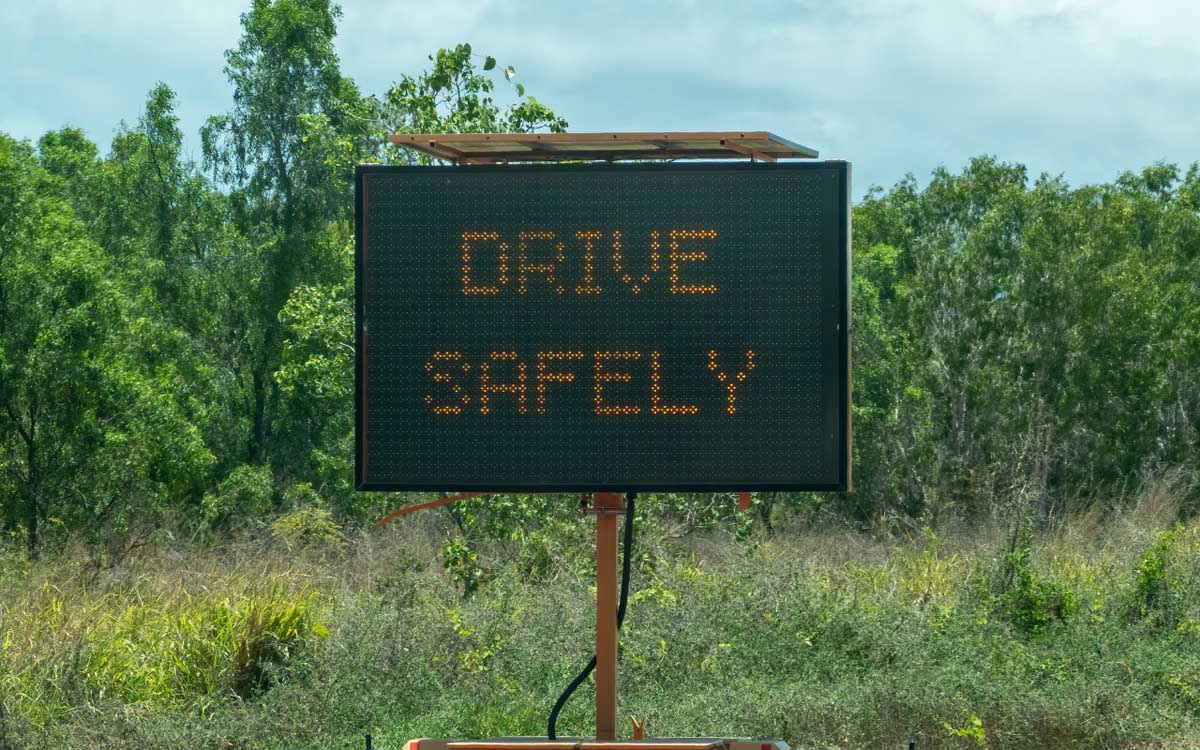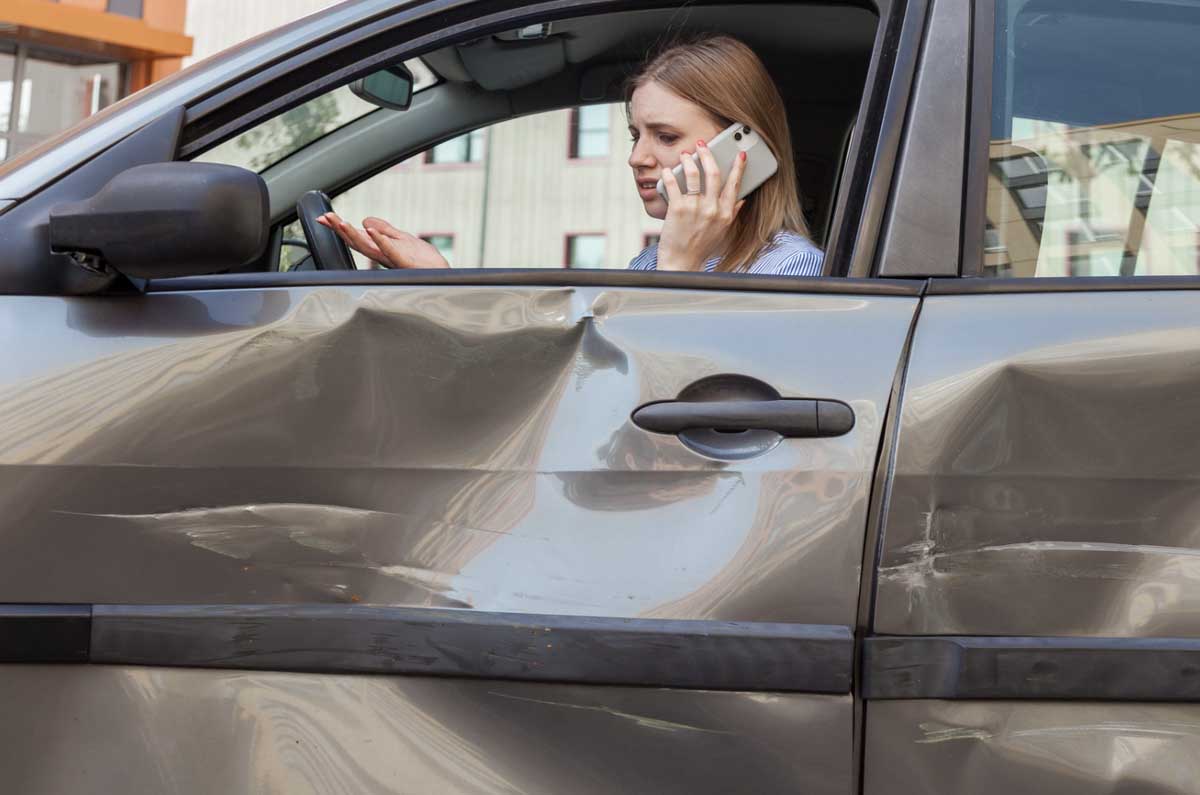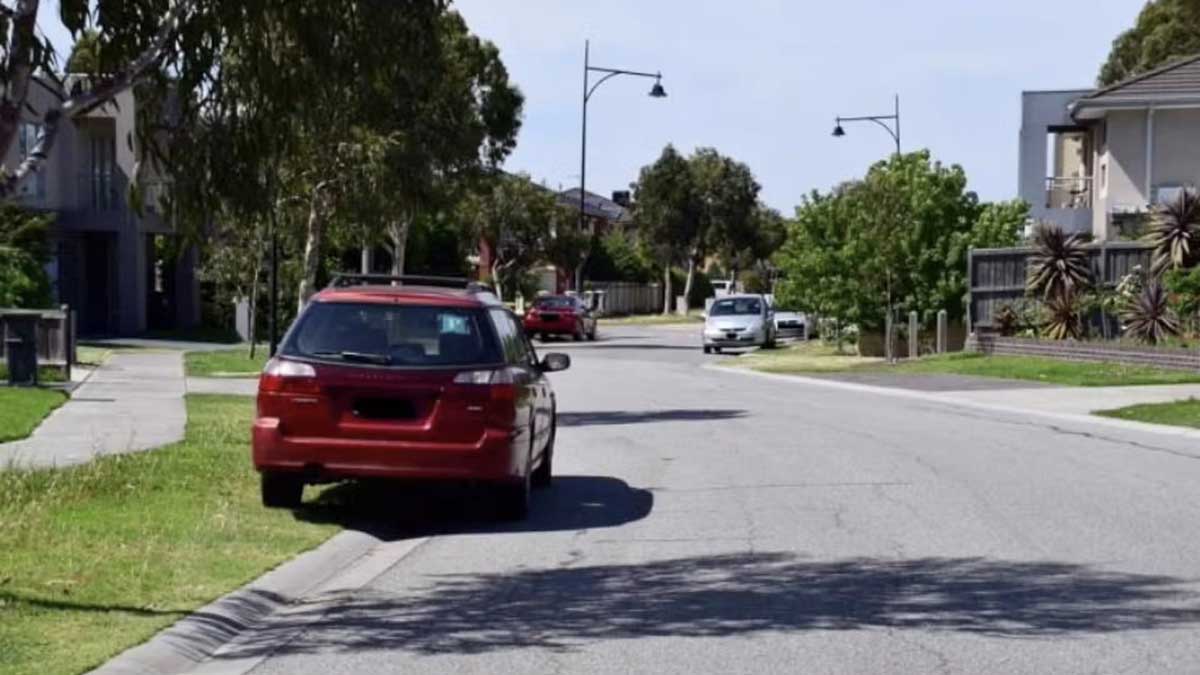Driving safely in Australia requires consciously practising safe driving tips. We have written this guide to help educate road users to drive more safely and become safe drivers. Being a safe driver is not just about following the rules; it’s about adopting a mindset that prioritises driving safety at every turn. This mindset is more important than ever with the Australian Automotive Association recording a 6.5% increase in road fatalities.
This guide will delve into essential road safety techniques and offer insights into vehicle maintenance, route planning, and driver well-being, ensuring that your journey, whether it’s a short commute or a cross-country adventure, is safe, enjoyable, and free of unwelcome surprises.
Vehicle Readiness and Maintenance
Checking your vehicle thoroughly is a crucial step for safe driving. In Australia, where roads can be unpredictable, the condition of your vehicle is a key factor in ensuring a safe journey.
Check Your Vehicle Before You Go
Start every journey with a vehicle check. In Australia, where you might encounter anything from unexpected trams in Melbourne to a kangaroo suddenly jumping into the road, this step is vital. Check your brakes, tyres, and lights – it’s not just about avoiding breakdowns, it’s about ensuring a safe trip.
Brake Inspection
Your brakes are vital for safe driving in Australia’s varied landscapes. From city brakes to sudden stops in the bush, ensure your brake pads, discs, and fluid are regularly checked. Properly functioning brakes could be the key to avoiding a kangaroo on a lonely outback road.
Tyre Condition Check
Tyres connect your vehicle to the road, so their condition is paramount. Check for adequate tread depth to ensure your car grips the road properly, especially under wet conditions. Correct tyre pressure is not just about optimal performance; it’s about driver safety. Remember, good tyres mean a safer drive.
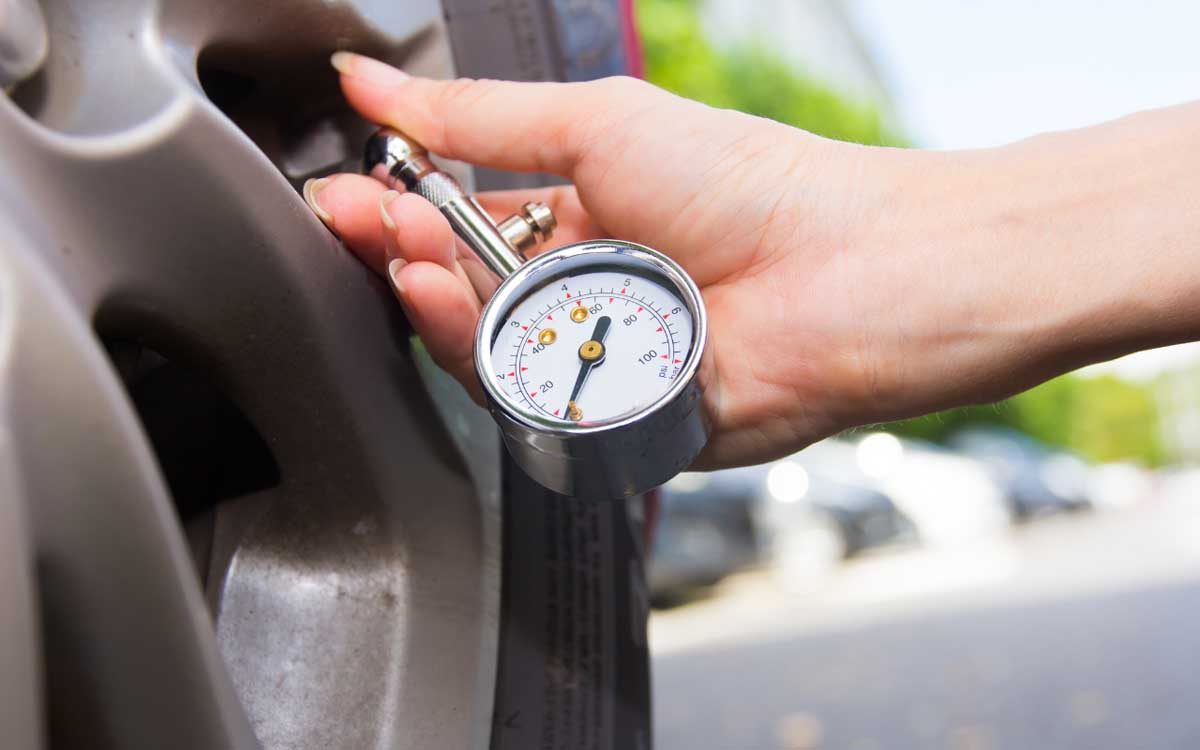
Fluid Levels and Lights Check
Fluids are the lifeblood of your vehicle’s engine and systems. Regular checks of oil, coolant, brake, and windscreen fluids keep your car running smoothly. Equally, ensuring your lights – headlights, brake lights, indicators – are functioning correctly is vital for visibility and communication on the road.
Keep Your Vehicle Well-Maintained
Regular maintenance is the backbone of vehicle safety. It extends beyond keeping your vehicle running; it’s about ensuring it’s safe to drive. This proactive approach is key to preventing problems before they arise, especially on Australia’s vast and varied roads.
Regular Servicing
Adhering to your vehicle’s servicing schedule is essential. Regular servicing, including oil changes, filter replacements, and system diagnostics, keeps your vehicle in top condition.
Replacing Worn Parts
Wear and tear on vehicles is inevitable. Replacing worn parts, particularly critical components like brakes, tyres, and suspension elements, is vital. This is not just about maintaining vehicle performance; it’s about ensuring every journey is as safe as possible.
Is your car ready for the journey?
Before you set off, especially on long journeys, it’s crucial to ask yourself if your car is truly ready for the trip.
Emergency Kit Preparedness
An emergency kit in your vehicle is a must, especially in Australia where distances between towns can be significant. Your kit should include essential tools, a first-aid kit, a torch, and water. Being prepared for any eventuality is not just prudent; it can be a lifesaver in unexpected situations.
Spare Tyre
If you’re planning a long trip using isolated roads, it’s wise to take a spare tyre. You don’t want to get caught out in the middle of nowhere without one.
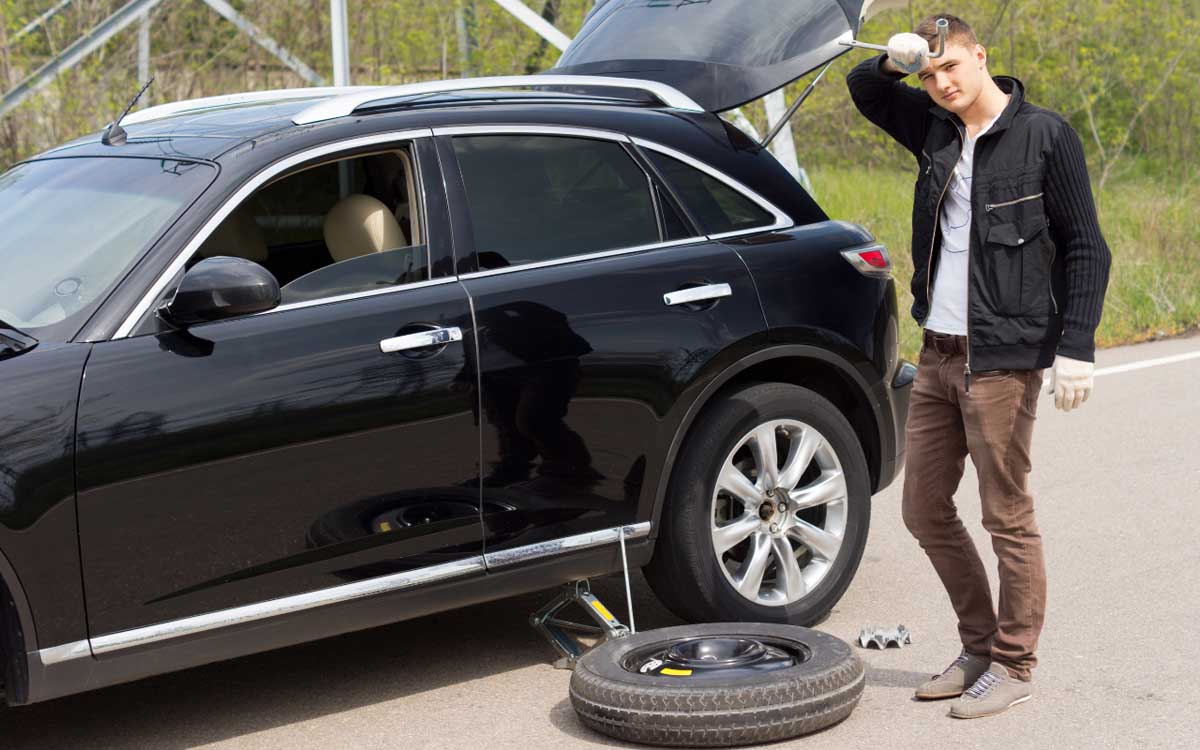
Planning and Awareness
Effective planning and heightened awareness are fundamental for safe driving in Australia. These practices not only prepare you for the journey but also enhance your ability to respond to unexpected situations on the road.
Plan Your Route Before You Get Behind the Wheel
Before starting your car, take a moment to plan your route. This is more than just a map exercise; it’s about anticipating the road ahead. For instance, if you’re heading through the Outback, knowing your fuel stops is as vital as the journey itself.
Study the Route
Know your route before turning the ignition. In Australia’s vast landscape, this means more than just knowing the way. For example, if you’re driving from Sydney to Melbourne, be aware of the different conditions you’ll face, from busy city exits to quieter country roads.
Alternative Route Planning
Always have a plan B. Whether it’s due to traffic, road closures, or other unexpected events, knowing alternative routes can save time and avoid frustration. This planning is especially important in rural and remote areas of Australia, where options (and petrol stations!) may be limited.
Plan Your Route Ahead Of Time
Advance planning is not just a convenience; it’s a safety measure. It allows you to focus on driving rather than navigating.
GPS and Map Consultation
Use GPS technology and physical maps to plan your journey. While GPS provides real-time updates and directions, a physical map offers a broader view, helping you understand your overall journey more comprehensively.
Having access to a map is also a great backup in case for some reason your GPS stops working.
Check the weather before getting into your car
Australia’s weather can be unpredictable and can change rapidly, impacting driving conditions.
Weather Forecast Review
Review the weather forecast for your route. Australian weather can vary dramatically, and conditions like rain, fog, or bushfires significantly impact driving conditions and safety.
Adjusting Plans for Severe Weather
In cases of severe weather warnings, consider adjusting your plans. Sometimes, delaying your journey or choosing an alternative route can be the safest decision.
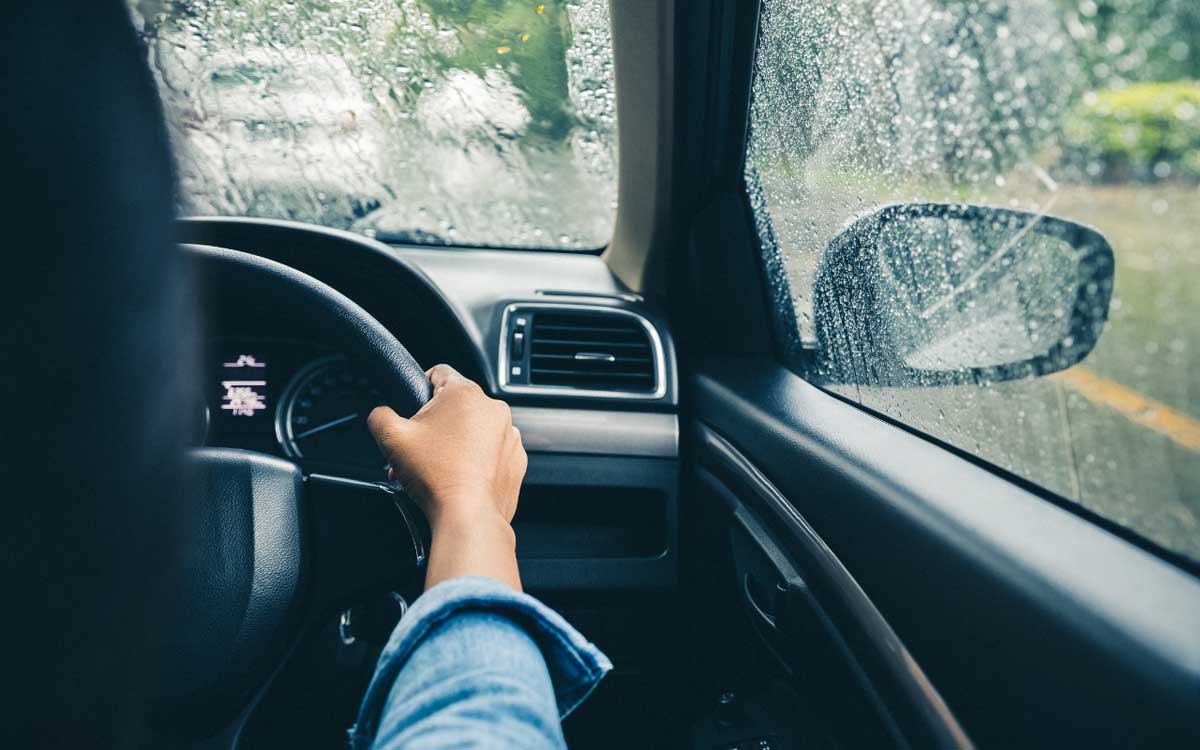
Knowing what is happening around you
Being aware of your surroundings is crucial in navigating Australian roads safely.
Constant Vigilance
Stay alert and keep an eye on the traffic around you, anticipating potential hazards. This vigilance is crucial, especially in high-traffic areas or unfamiliar routes.
Mirrors and Blind Spots Checking
Regularly check your mirrors and be aware of blind spots. This habit is essential for safe lane changes and turns, particularly on highways and in urban areas.
Be aware of your surroundings
Navigating Australian roads requires a keen awareness of the unexpected. Let’s take a look at a couple of the most common dangers.
Pedestrian and Cyclist Awareness
In urban areas, be particularly mindful of pedestrians and cyclists. Their presence requires extra caution, especially in areas with high foot traffic and bike lanes.
Urban and Residential Area Caution
Driving in urban and residential areas demands heightened caution. Be vigilant for parked cars, opening doors, and unexpected movements from pedestrians and other vehicles.
Driver Well-being
Driver well-being is pivotal for safe driving. It encompasses not only physical fitness but also mental alertness, both of which are crucial for making sound decisions on the road.
Make Sure You’ve Had Plenty of Sleep
Adequate sleep is essential for maintaining concentration and quick reflexes while driving. Lack of sleep can severely impair your driving abilities, similar to the effects of alcohol.
Sleep Schedule Prioritising
Prioritise a regular sleep schedule to ensure you’re well-rested before driving. This is particularly important for long journeys where fatigue can gradually set in, affecting your ability to react swiftly to road conditions.
Are you tired or ill?
Always assess how you’re feeling before driving. In Australia, with long distances like the drive across the Nullarbor Plain, being in top shape is crucial for safety. If you’re feeling under the weather, consider postponing your trip.
Recognising Fatigue
Fatigue can creep up unnoticed. Signs include frequent yawning, heavy eyelids, and a lack of concentration. Recognising these signs early can prevent potential accidents caused by drowsiness.
Safe Driving Alternatives
If you’re feeling fatigued, consider alternatives like taking public transport, arranging for a ride, or postponing your journey until you’re well-rested. Your safety and the safety of others on the road are paramount.

If you are not feeling your best or if you are an older driver
Your health status and age can affect your driving. It’s important to continually assess whether you’re in the right condition to drive.
Assessing Fitness to Drive
Regularly assess your fitness to drive, considering factors like vision, mobility, and reaction times. These factors can change, particularly as you age, and they have a significant impact on driving.
Consulting Health Professionals
If in doubt about your fitness to drive, consult a health professional. They can provide advice and recommendations based on your specific health conditions, ensuring you make informed decisions about your driving.
Driving Behaviour
Appropriate driving behaviour is a cornerstone of road safety. It encompasses more than the mechanical aspects of driving, focusing on responsible decision-making, adherence to laws, and respectful conduct on the road.
Be Realistic With Your Travel Times And Follow the Rules of the Road
Planning your journey with a realistic timeframe and a commitment to following road rules is essential for safe and stress-free travel.
Time Management
Allow ample time for your journey, considering traffic, breaks, and unexpected delays. Rushing can lead to poor decisions on the road. Proper time management reduces the urge to speed, resulting in safer driving.
Road Rule Adherence
Adhering to road rules isn’t just a legal requirement; it’s a responsibility to yourself and other road users. Understanding and following these rules, from signalling to giving way, is crucial for everyone’s safety. Make sure to use defensive driving techniques while following the rules like only changing lanes when absolutely necessary.
Check the weather before getting into your car
Australia’s weather can be unpredictable and can change rapidly, impacting driving conditions.
Weather Forecast Review
Review the weather forecast for your route. Australian weather can vary dramatically, and conditions like rain, snow, ice, fog, or bushfires significantly impact driving conditions and safety.
Adjusting Plans for Severe Weather
In cases of severe weather warnings, consider adjusting your plans. Sometimes, delaying your journey or choosing an alternative route can be the safest decision.
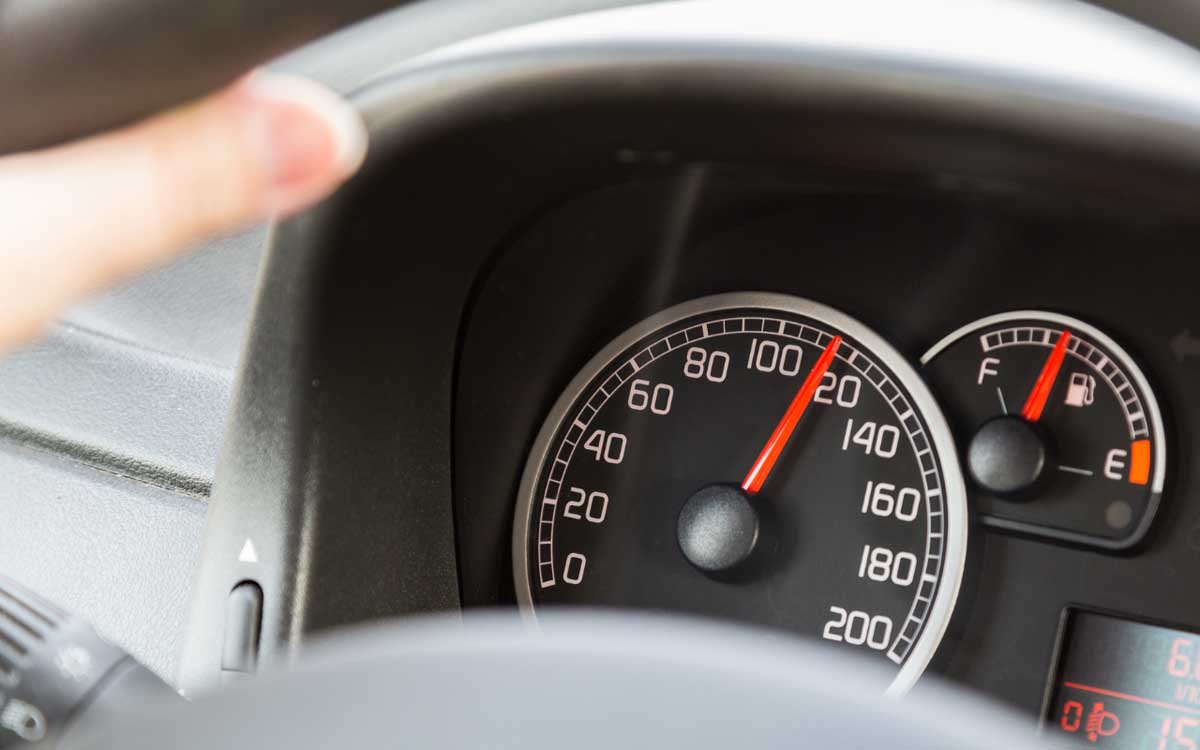
Avoid Driving While Under The Influence of Drugs Or Alcohol
Driving under the influence is not only illegal but also one of the most dangerous behaviours on the road.
Understanding Impairment Risks
Recognise the risks of impairment from alcohol or drugs. Even small amounts can significantly impair judgement, reaction times, and motor skills.
Designating a Sober Driver
If you plan to consume alcohol or are on medication that impairs your driving, arrange for a sober driver or use alternative transport methods.
Driver aggression
Aggressive driving is a risk to all road users and significantly reduces driver safety. Managing emotions while driving is crucial for maintaining a safe driving environment.
Managing Road Rage
Stay calm and composed, even in frustrating situations. Practising patience and courteous driving can prevent escalation into aggressive encounters.
De-escalation Techniques
If confronted with aggression, try to de-escalate the situation. Avoid eye contact, give aggressive drivers space, and, if necessary, drive to a safe public area or report the incident to the police.
Safety Practices
Driver safety practices are the bedrock of responsible driving. They involve more than just adherence to rules; they’re about cultivating habits that ensure your safety and that of others on the road.
Always Wear Your Seatbelt
The seatbelt is your first line of defence in the event of an accident. Its importance cannot be overstated, and it is a simple yet effective safety tool.
Enforcing Seatbelt Use for All Passengers
As a driver, it’s your responsibility to ensure that all passengers are wearing their seatbelts. This practice is crucial for everyone’s safety and is legally required in Australia.
Buckle your seat belt
Securing your seatbelt should be an automatic action every time you get into a car.
Checking Seatbelt Functionality
Regularly check the functionality of your seatbelts. Ensure they are in good working condition, locking and retracting as designed.
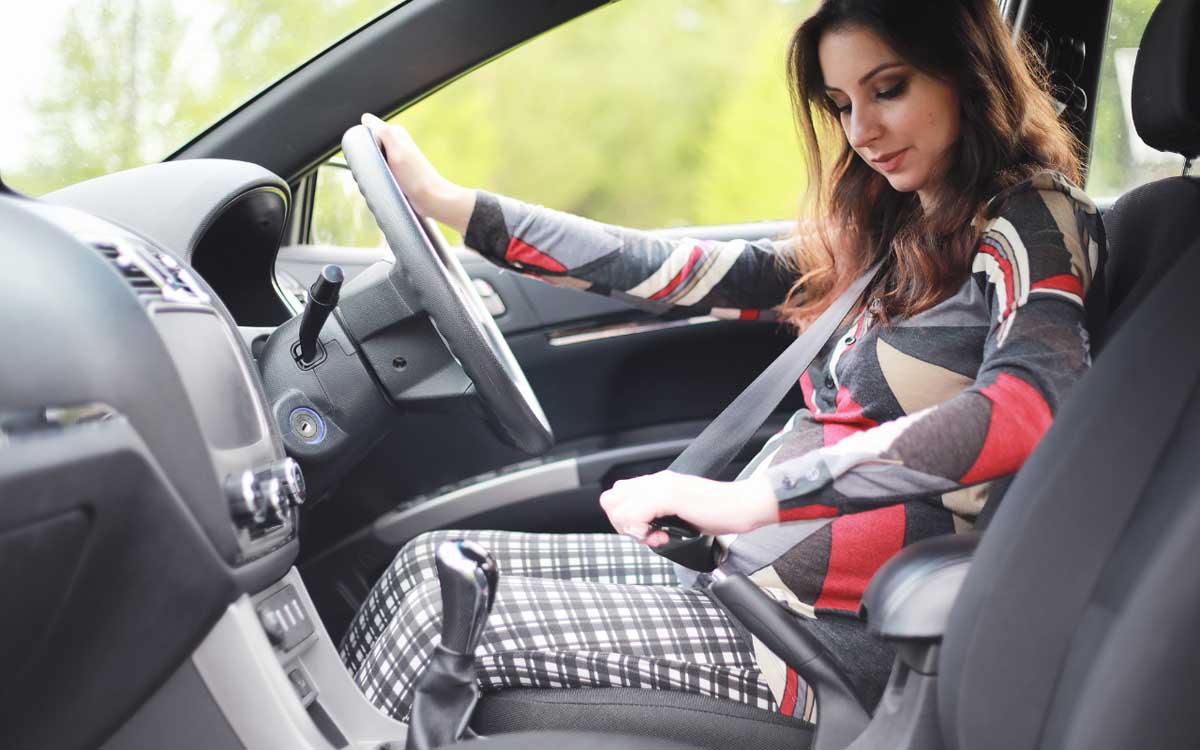
Take Regular Breaks
On long journeys, fatigue can become a serious safety hazard. Planning for and taking regular breaks is a key strategy in managing driver fatigue.
Planning Rest Stops
Plan your journey with rest stops every two hours. Use these breaks to stretch, refresh yourself, and take a momentary break from the concentration required for driving.
Fatigue Management
Be aware of the signs of fatigue, such as yawning, heavy eyes, or a decrease in concentration. If you notice these signs, it’s time to take a break.
Long distance travel
Long-distance travel requires additional planning and precautions to ensure safety.
Route and Time Management
When planning a long journey, consider the route and the time it will take. Allow for adequate breaks and avoid driving for more than 8-10 hours in a day.
Daytime running lights
Using daytime running lights is an easy way to enhance the visibility of your vehicle.
Enhancing Vehicle Visibility
Daytime running lights make your vehicle more visible to others, especially in early morning or late afternoon light conditions.
Driving at night
Night driving presents unique challenges and requires additional safety considerations.
Reduced Visibility Awareness
Be extra vigilant when driving at night as visibility is significantly reduced. Adjust your driving to these conditions, and ensure your headlights are properly adjusted.
Night Time Hazard Perception
Enhance your hazard perception at night. Be mindful of pedestrians, cyclists, and animals, especially on rural roads where such hazards are more prevalent.
Attention and Distractions
Staying attentive and minimising distractions is paramount for safe driving. Distractions can come in many forms and can significantly impair your ability to react to situations on the road, particularly in unpredictable driving environments like those in Australia.
Avoid Distractions While Driving
Driving requires your full attention. Even a split second of distraction can lead to accidents, making it crucial to minimise any form of distraction.
Mobile Phone Usage Control
Mobile phones are one of the primary sources of distraction. It’s important to set your phone to ‘Do Not Disturb’ mode or use a hands-free system while driving. Remember, in many parts of Australia, using a mobile phone while driving is not only dangerous but also illegal.
Minimising In-Car Disturbances
In-car disturbances can range from loud music to conversations with passengers. It’s essential to keep these disturbances to a minimum. This means setting a comfortable volume for your music and avoiding engaging in intense discussions while driving.
Minimise distractions as much as possible
Focusing on the road should always be your top priority. This means eliminating or minimising any factors that could take away from your driving concentration.
Mental Focus on Driving
Keeping your mental focus on the road helps in anticipating and reacting appropriately to the changing traffic conditions. This includes being aware of your surroundings and being prepared for unexpected events, which is especially important on Australian roads where conditions can vary widely.
Final Thoughts
We hope these driver safety tips have been useful in better preparing you to drive safely. By following these practices, drivers not only safeguard themselves but also contribute to the safety and well-being of everyone sharing the road.

